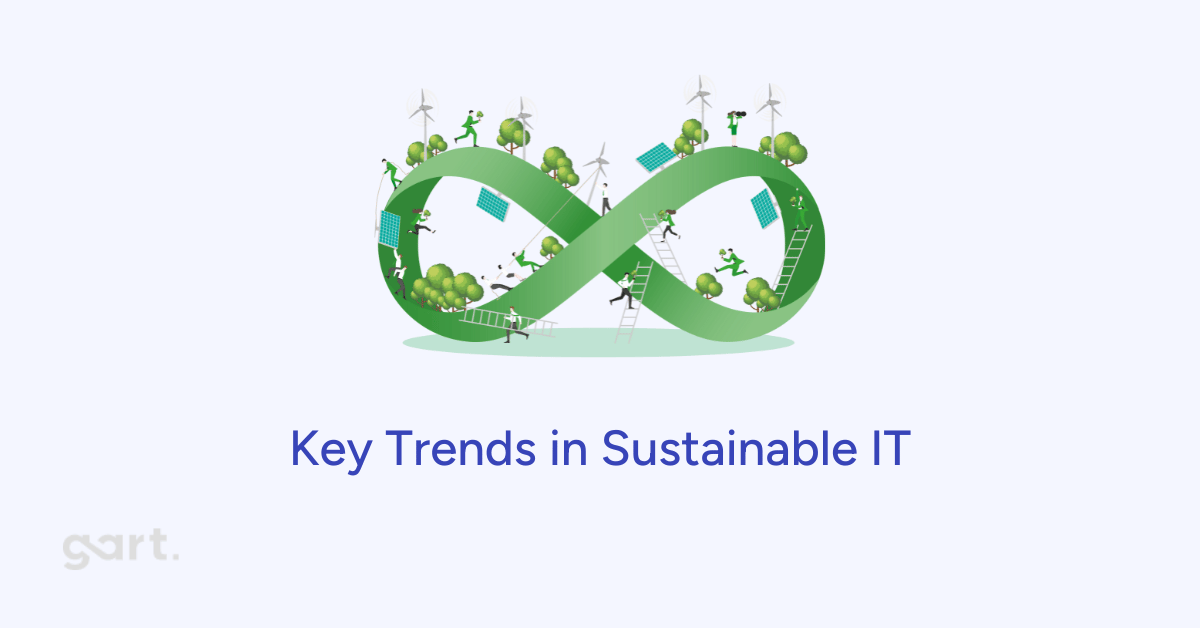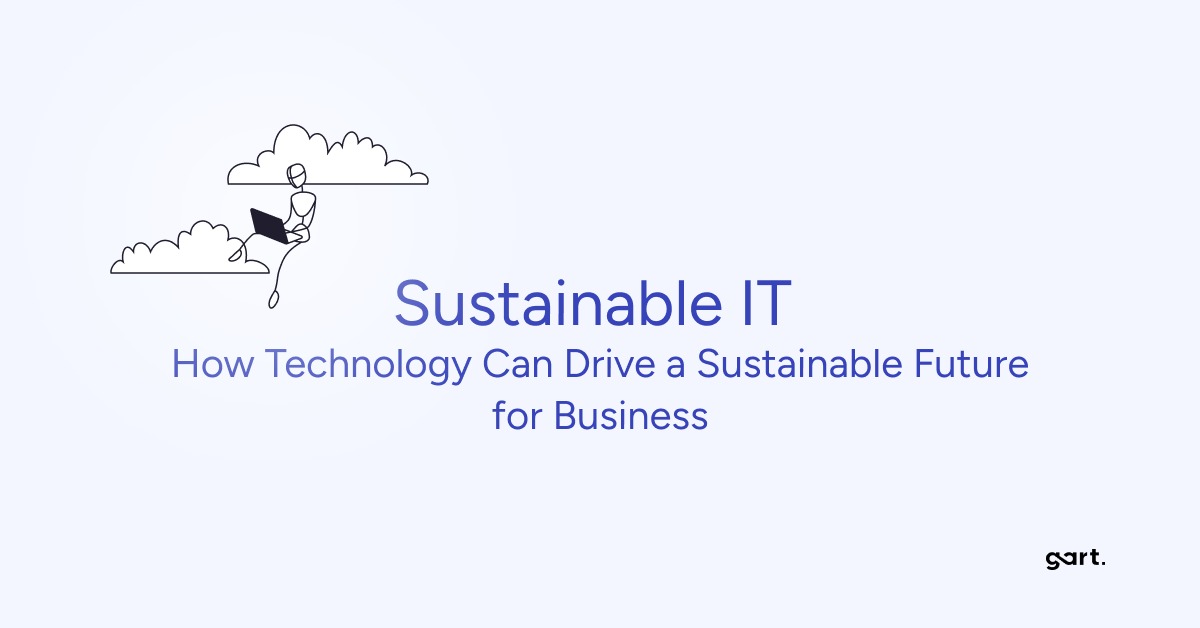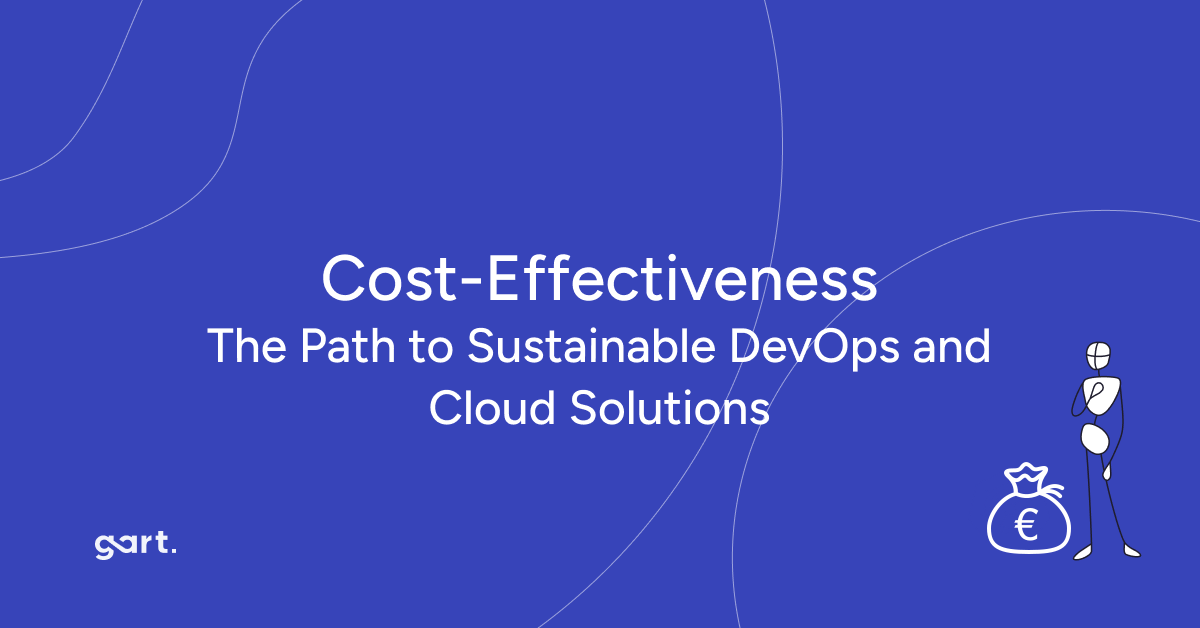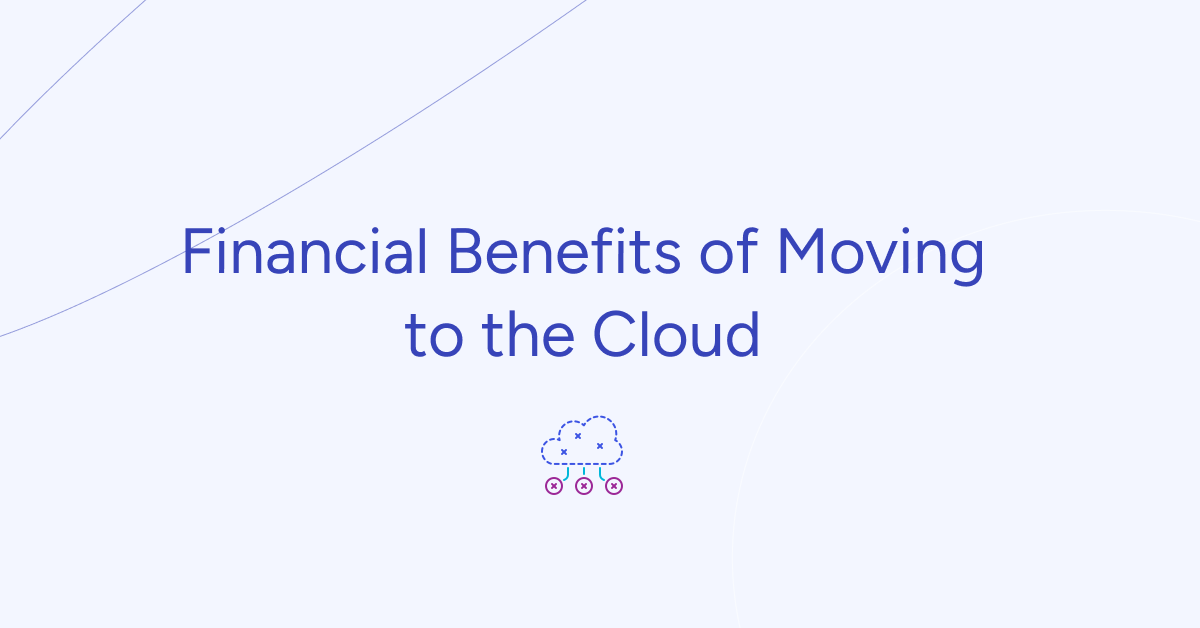What is Sustainable IT?
Sustainable IT, often referred to Green IT, involves the design, deployment, and management of information technology systems in ways that reduce their environmental impact. This includes focusing on energy efficiency, minimizing waste, and utilizing renewable energy sources.
For instance, many organizations are working to lower energy consumption in data centers (or, green data centers are appearing) to encourage hardware recycling & cut down electronic waste.
The objective is clear: to ensure that the growth of the IT sector is in harmony with global sustainability initiatives.
As advanced technologies continue to be adopted at a rapid pace, there is an increasing need to balance innovation with ecological responsibility.
Why is Sustainability Crucial in the IT Industry?
The IT sector plays a significant role in contributing to global carbon emissions. From energy-intensive data centers to the challenges posed by electronic waste, the environmental impact of this industry is considerable.
A recent study by IDC indicates that by 2025, emissions from the IT sector could be on par with those of the aviation industry.
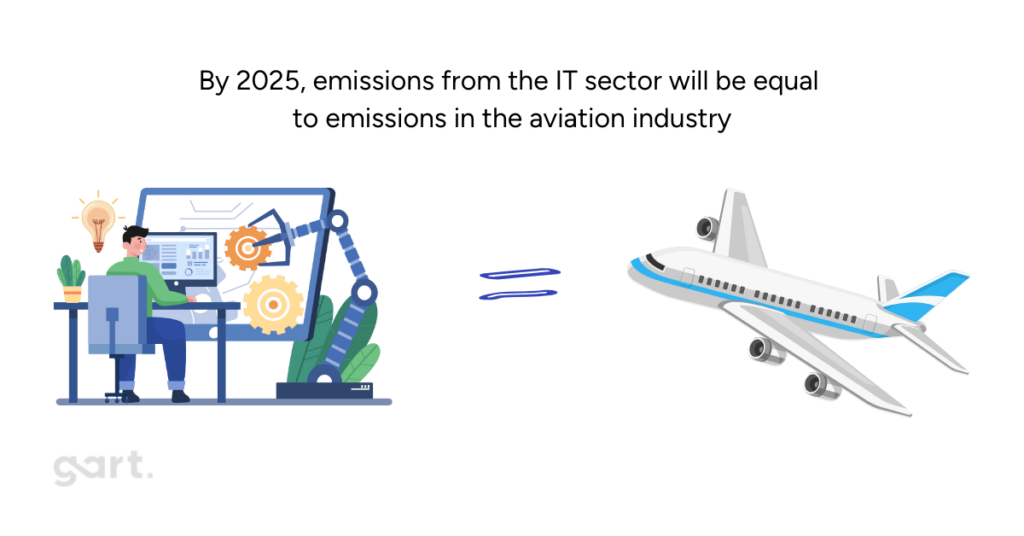
How Green Data Centers Minimize Energy Consumption
Data centers serve as the backbone of the IT industry, consuming enormous amounts of energy.
This sector has faced growing scrutiny regarding its environmental effects and rapid expansion, partly due to the energy demands of AI technologies.
For example, in its sustainability report published in May, Microsoft revealed that its emissions have increased by 29% since 2020, largely due to the construction of additional data centers optimized for AI workloads.
Similarly, Google has reported a rise in electricity demand linked to artificial intelligence, with its expanding network of data centers leading to a 48% increase in greenhouse gas emissions compared to its 2019 baseline, posing a significant challenge for the company in achieving its carbon neutrality targets by 2030.
IDC estimates that global data center energy consumption for 2023 will reach 352 TWh, with a projected compound annual growth rate (CAGR) of 19.5%.
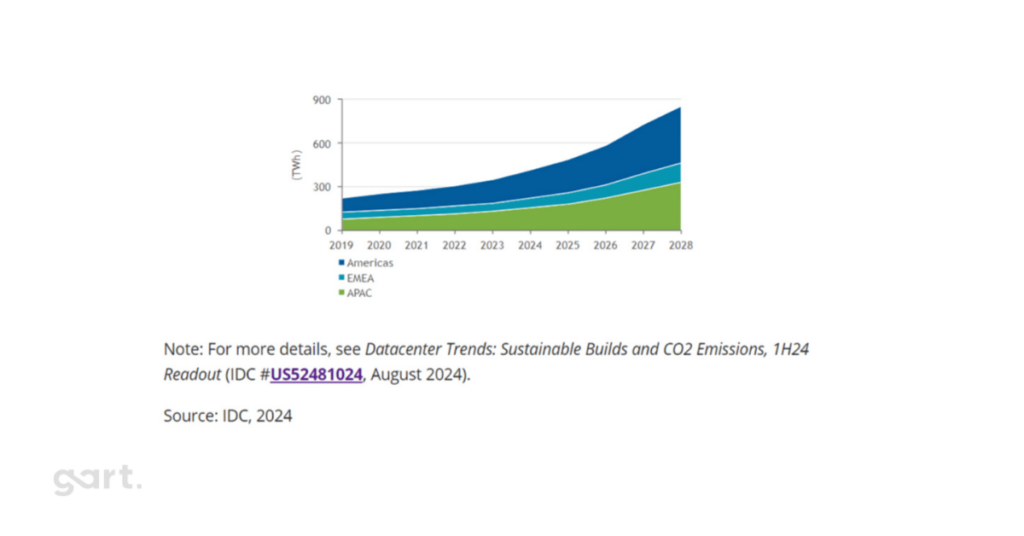
Energy-Efficient Software Development: Building Low-Carbon Applications
Energy-efficient software development is all about creating applications that use minimal computational resources. Developers are focusing on optimizing code, utilizing lightweight frameworks, and steering clear of unnecessary features to reduce power consumption. For instance, implementing low-power modes in mobile apps can help save battery life while also cutting down on energy usage.
At Gart Solutions, our commitment to energy-efficient development was exemplified in a recent project for a cloud-based SaaS e-commerce platform. By optimizing operations and cloud infrastructure, we significantly reduced resource consumption, which not only lowered operational costs but also minimized the platform’s carbon footprint. Leveraging serverless computing and streamlining API requests, we ensured that the platform handled peak traffic efficiently without excessive power usage. This approach aligns perfectly with sustainable software practices.
Explore the full case study here.
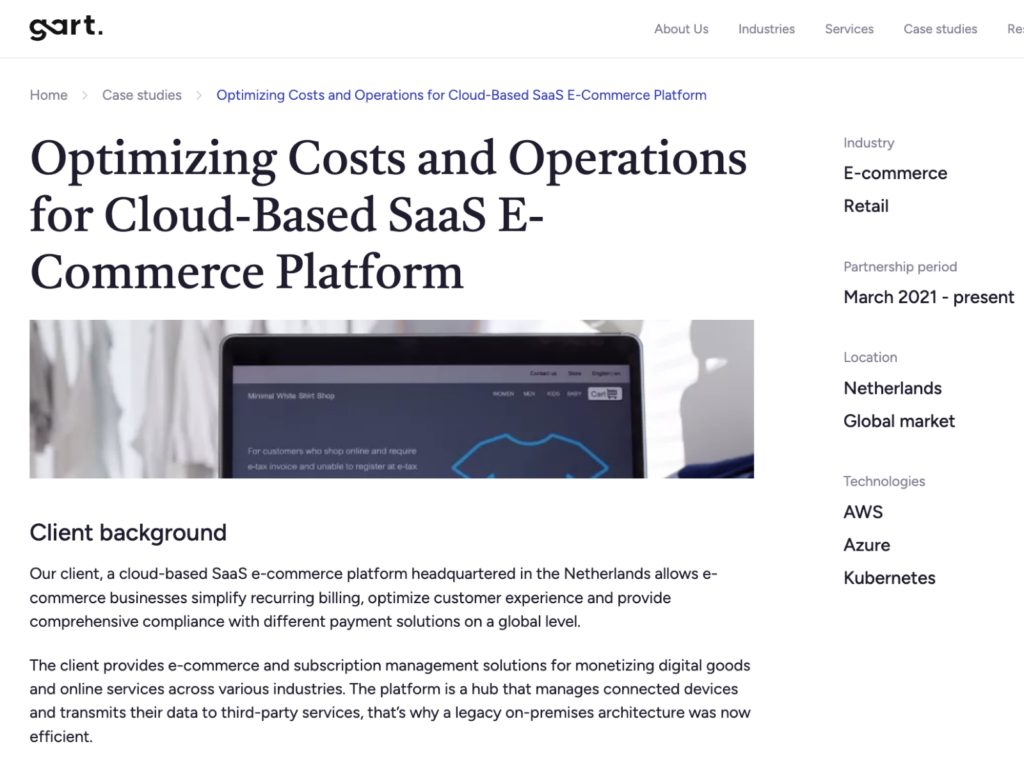
Optimizing Software to Minimize Resource Usage
In addition to developing efficient applications, developers are increasingly fine-tuning software for enhanced performance on current hardware. This strategy lessens the need for frequent hardware upgrades, which can be resource-heavy to produce. Techniques such as code refactoring, cloud optimization, and containerization are leading this transformation.
At Gart Solutions, we’ve implemented these strategies across several projects with impressive results. For instance, in a project focused on optimizing cloud storage for a client using Azure, we uncovered hidden inefficiencies that led to a significant reduction in storage costs while minimizing the overall energy footprint of their operations.
Similarly, leveraging AWS solutions and AWS cost optimization for another client, we developed sustainable practices by migrating to serverless architecture and using intelligent workload distribution. These approaches not only enhanced performance but also reinforced the clients’ sustainability goals.
Explore the Azure case study and AWS case study for more insights into our efforts to align efficiency with environmental responsibility.
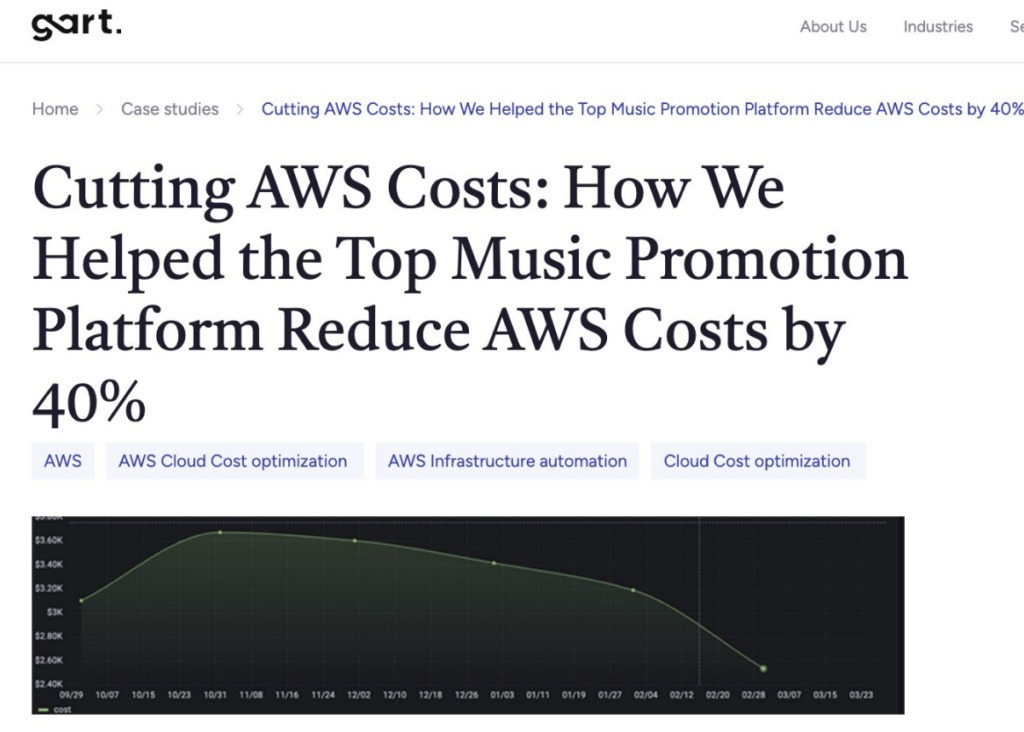
Renewable Energy in Cloud Operations
The cloud plays a vital role in contemporary IT, but its energy requirements are substantial. To address this challenge, cloud providers are making significant investments in renewable energy.
Companies like AWS, Google Cloud, and Microsoft Azure are already running carbon-neutral data centers by utilizing solar and wind energy.
This initiative not only supports global sustainability objectives but also allows businesses that depend on cloud services to operate in an environmentally friendly manner.
AI Technologies Play a Vital Role in Promoting Sustainable IT Practices
Artificial intelligence (AI) is transforming how IT systems utilize resources. Through predictive analytics and intelligent algorithms, AI optimizes energy consumption across servers, networks, and devices. For instance, companies like Google leverage AI-driven tools to manage energy use in their data centers, resulting in substantial efficiency improvements.
At Gart Solutions, we’ve seen firsthand how AI can drive sustainability in IT operations. In a recent project for a SaaS e-commerce platform, we implemented AI-powered load balancing and predictive scaling, which ensured optimal resource allocation even during peak usage periods. This reduced unnecessary cloud infrastructure usage and significantly cut energy consumption.
In another case involving Azure cloud storage, we utilized AI-driven analytics to uncover and address inefficiencies, saving costs while minimizing the platform’s environmental footprint. These examples demonstrate how AI integration not only enhances operational efficiency but also aligns with sustainable IT practices. Explore more of our case studies here.
Predictive Maintenance – Another Trend in Sustainable IT
Predictive maintenance, driven by machine learning (ML), represents another significant trend in sustainable IT. This method involves examining data from hardware systems to foresee potential failures before they happen. By doing this, companies can replace or repair components only when needed, thus preventing unnecessary production and disposal of IT equipment.
At Gart Solutions, we utilized predictive maintenance strategies in a project for a SaaS e-commerce platform, leveraging ML-powered monitoring to track infrastructure health.
This approach enabled the early detection of performance bottlenecks and potential hardware failures, allowing proactive fixes before they escalated into critical issues. By extending the lifespan of the platform’s IT assets and ensuring smooth operations, we not only reduced costs but also minimized waste, aligning with sustainable IT practices. Read more about this case here.
The Role of IoT in Sustainable IT: Smart Devices for Energy Efficiency
The Internet of Things (IoT) is revolutionizing sustainability initiatives in the IT sector. Smart devices like energy-efficient routers, printers, and monitoring systems allow businesses to monitor and manage their energy consumption in real-time. For example, IoT-enabled sensors in office environments can automatically adjust lighting and air conditioning based on the number of people present. This level of accuracy helps to reduce energy waste, cutting costs and lowering carbon emissions. By 2025, IoT devices are anticipated to be central to sustainable IT infrastructure across companies globally.
IoT-Driven Monitoring of IT Systems Additionally, IoT is essential for overseeing the health and efficiency of IT systems. Smart sensors integrated into data centers, hardware, and networking equipment deliver real-time insights into performance and energy use. Armed with this information, businesses can pinpoint inefficiencies and take immediate corrective measures. For instance, IoT-enabled monitoring tools can identify underutilized servers and recommend virtualization strategies to enhance their performance while reducing energy consumption.
Establishing IT Sustainability Goals for 2025
For organizations to pursue sustainable IT, it is essential to have clear and measurable objectives. These could involve reducing energy consumption by a specific percentage, transitioning to renewable energy sources, or eliminating e-waste entirely. By setting these goals, businesses can create a framework to align their IT practices with larger sustainability aims.
For instance, many leading organizations are striving for net-zero carbon emissions by 2030, with interim targets set for 2025. Such bold objectives foster innovation and accountability within the IT industry.
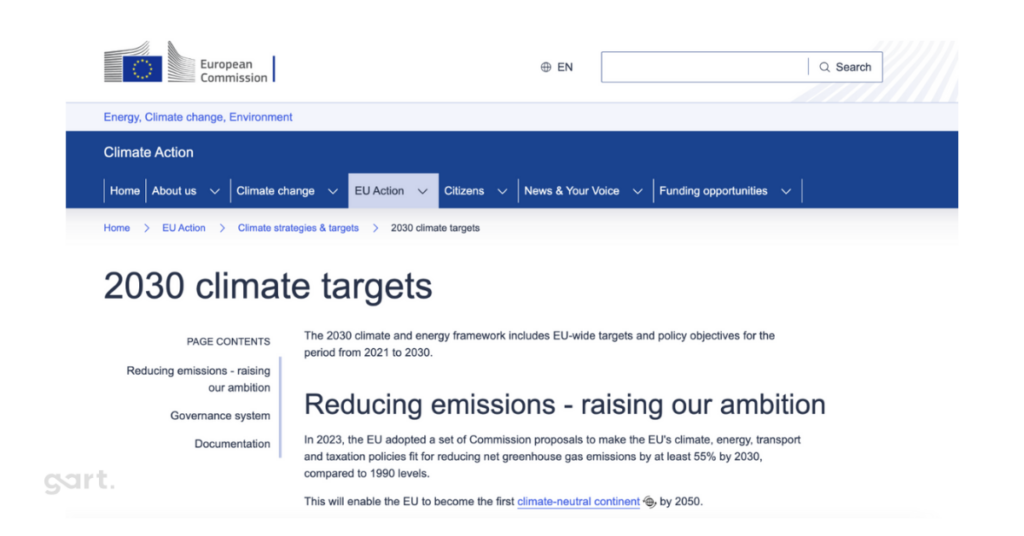
Renewable Energy Integration in IT Operations
Renewable energy is at the forefront of sustainable IT practices. Many companies are now integrating solar and wind energy into their IT operations to reduce reliance on non-renewable resources. Solar panels installed on data center rooftops and wind farms dedicated to powering IT infrastructure are common examples of this shift.
For instance, tech giants like Amazon and Facebook have invested heavily in renewable energy projects, ensuring their data centers are powered by clean energy.
These initiatives not only reduce carbon footprints but also stabilize energy costs, making IT operations more sustainable and predictable in the long term.
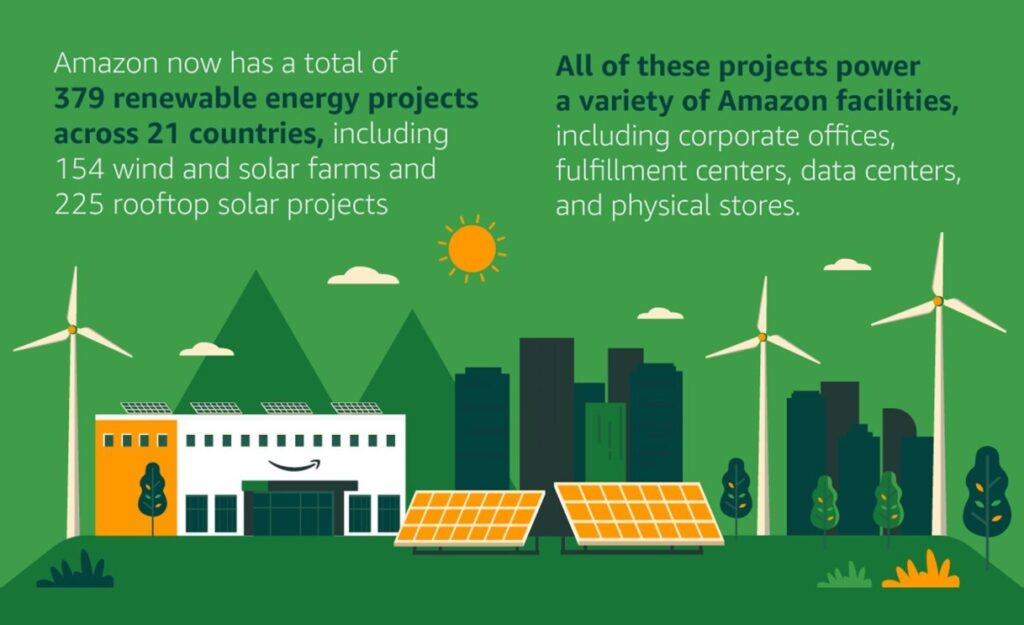
The Role of Energy Storage Solutions
Energy storage systems, such as advanced batteries, are essential for maintaining consistent power supply from renewable sources. These systems store excess energy generated during peak production hours and release it during periods of high demand or low production.
Innovations in energy storage, like Tesla’s Powerwall and other grid-scale battery solutions, are helping IT operations remain resilient while transitioning to renewable energy. By 2025, energy storage will play a critical role in ensuring the reliability and sustainability of IT systems worldwide.
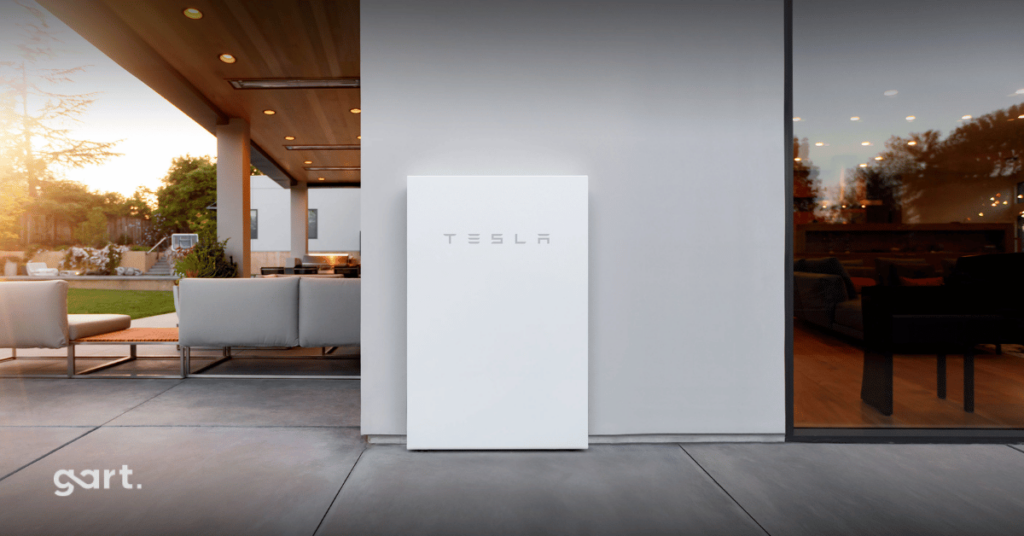
The Role of Government Regulations & Policies Encouraging Green IT Practices
Governments around the world are putting policies in place to promote sustainable IT practices.
These measures include tax incentives for companies that use renewable energy, grants for research into green technologies, and stricter regulations regarding e-waste disposal.
For example, the European Union’s Green Deal highlights the significance of sustainability in the IT sector, launching initiatives like the Circular Electronics Initiative, which encourages the design of devices that are durable, repairable, and recyclable.
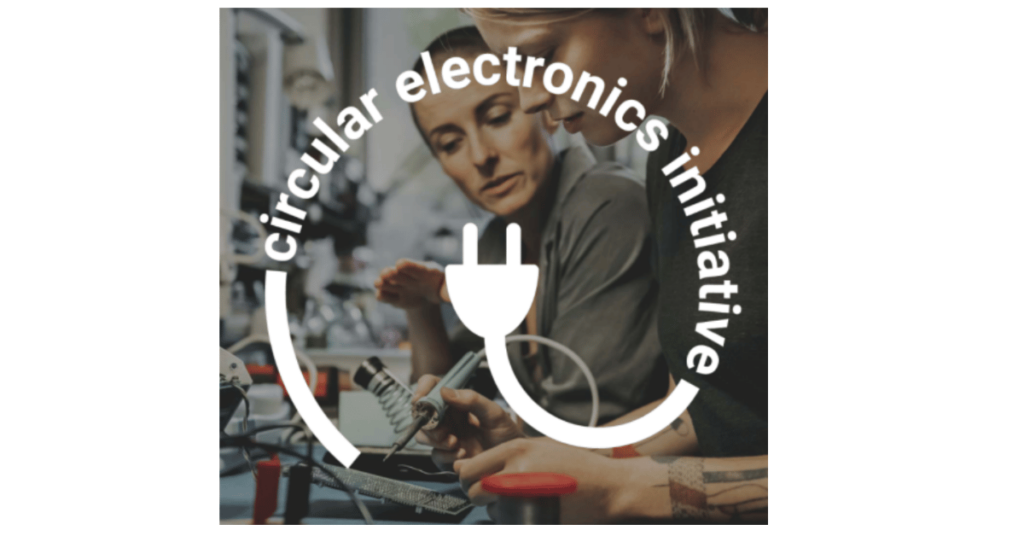
Another notable initiative is the EU’s Right to Repair legislation, which requires manufacturers to supply spare parts and repair manuals for a specified duration, helping to reduce electronic waste.
In the United States, tax credits under the Inflation Reduction Act are available to motivate companies to shift towards renewable energy sources in their data centers and IT operations.
Meanwhile, Japan has enacted the Law for the Promotion of Effective Utilization of Resources, which mandates that businesses take back and recycle used electronics.
These tangible actions are crucial for fostering the adoption of sustainable IT practices globally.
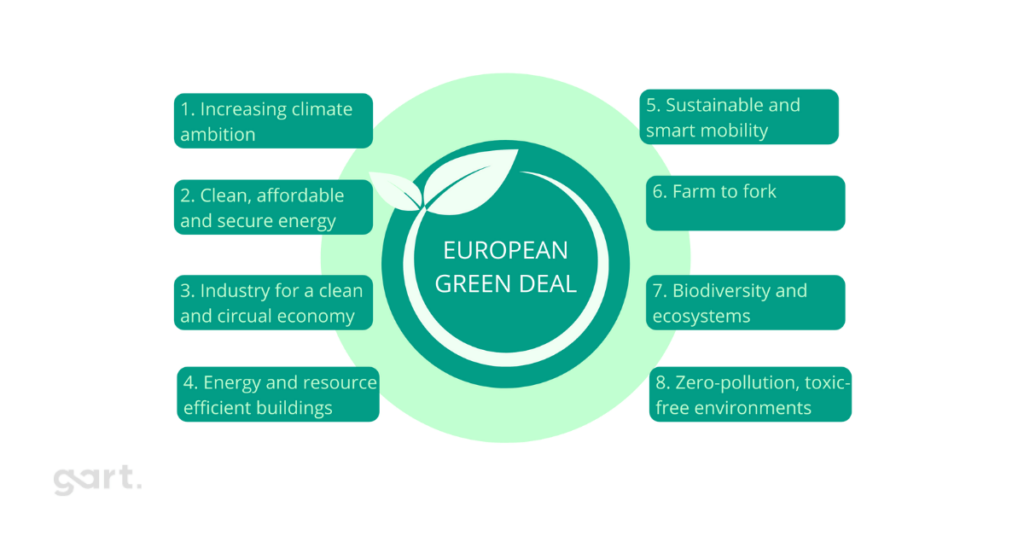
Penalties for Non-Compliance in IT Operations
On the other hand, governments are implementing penalties for businesses that do not adhere to environmental regulations. Failing to comply with standards such as WEEE (Waste Electrical and Electronic Equipment) or RoHS (Restriction of Hazardous Substances) can lead to significant fines and harm to a company’s reputation.
These actions aim to ensure that organizations take responsibility and encourage them to embrace sustainable IT practices.
Challenges in Achieving IT Sustainability
There are 2 main challenges in achieving IT Sustainability.
Overcoming Financial Barriers to Adoption
A major hurdle in achieving IT sustainability is the substantial upfront investment needed for green technologies. Implementing solar panels, advanced cooling systems, and energy-efficient hardware can be costly, which may discourage smaller organizations from making the switch.
Nonetheless, the long-term advantages — like lower IT operational costs and enhanced brand reputation — often surpass the initial financial outlay. Additionally, financial support from governments and industry partnerships can help facilitate this transition.
Tackling Resistance to Change in the IT Industry
Another significant challenge is the resistance to change prevalent in the industry. Many organizations are reluctant to revamp their IT operations due to fears of disruptions, compatibility problems, or a lack of knowledge regarding sustainable practices.
To tackle this issue, strong leadership, employee training, a clear communication strategy, and the support of consulting or implementation partners (like Gart Solutions) are essential.
How Organizations Can Stay Ahead in Sustainable IT
To stay ahead in sustainable IT, organizations must invest in research and development, foster partnerships with green tech innovators, and remain proactive in adopting new sustainability trends. Staying informed about regulatory changes and emerging technologies is equally important.
Companies that lead the way in sustainable digital transformation will not only contribute to a healthier planet but also gain a competitive edge.
Conclusion
Sustainable IT is no longer a niche concept; it is necessary for businesses looking to thrive in 2025 and beyond. The IT sector is undergoing a sustainable digital transformation from green data centers and renewable energy to energy-efficient software and circular economy practices sustainable digital transformation.
While challenges like financial barriers and resistance to change persist, the long-term benefits of adopting sustainable practices — both for the planet and for businesses — are undeniable. By staying ahead of the trends and embracing innovation, organizations can ensure a sustainable and prosperous future for the IT industry.
Take a look at how Gart Solutions can help your business achieve sustainability through digitalization. We are on a mission to reduce environmental impact while enhancing operational efficiency.

